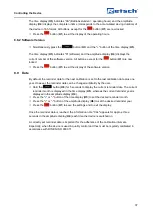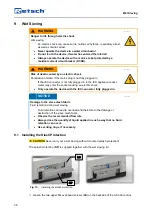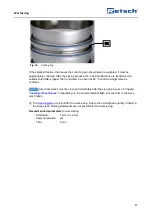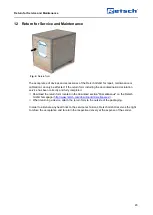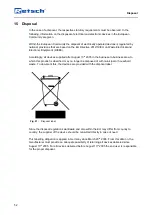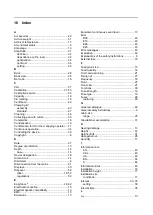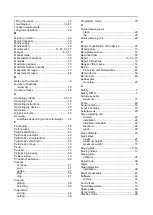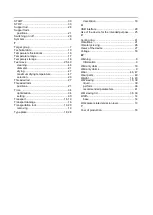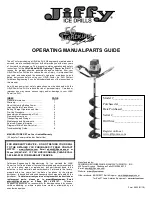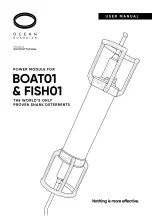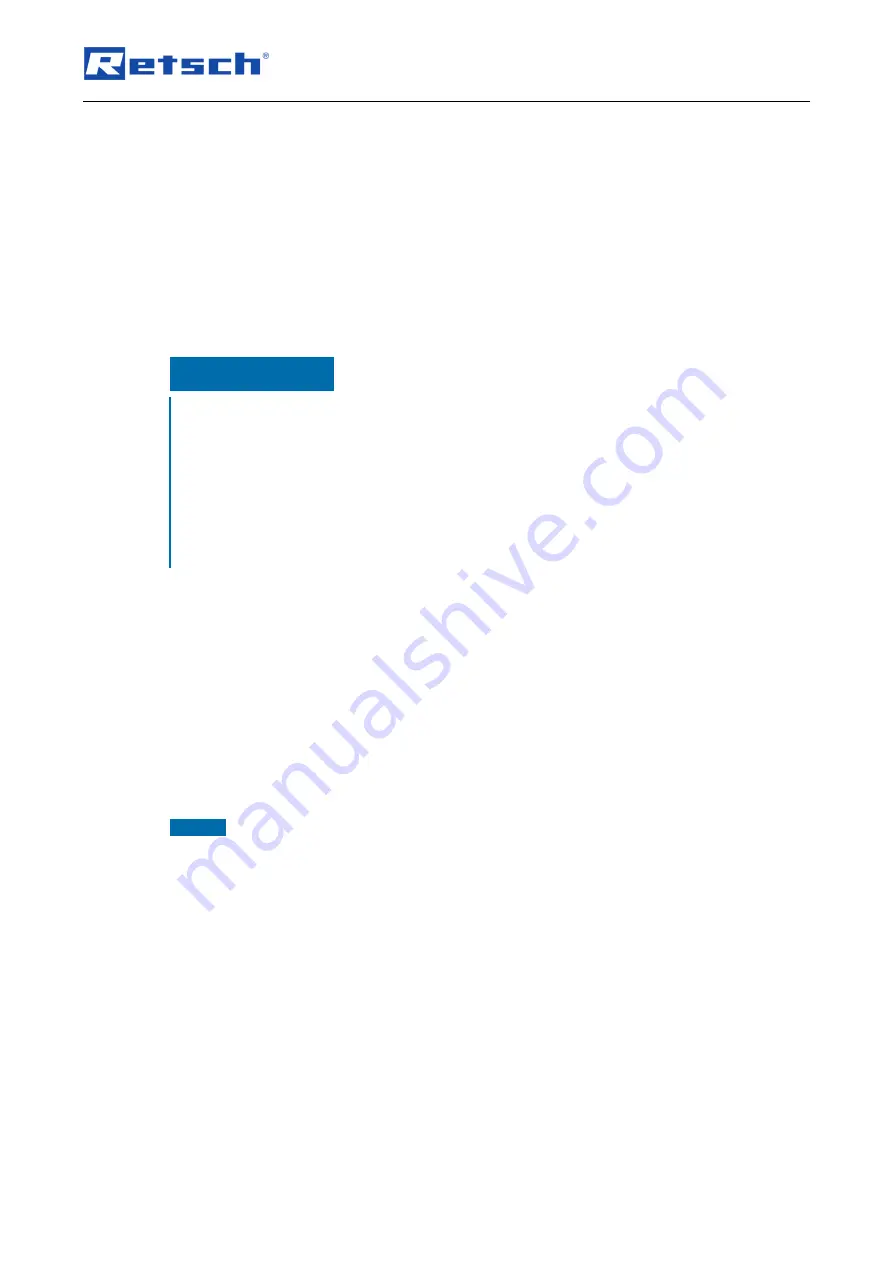
Accessories
50
On request, an additional acceptance test certificate with a calibration protocol can be provided,
documenting the measurement results in tabular and graphical form, hence representing a
calibration certificate with more detailed statistics.
Pos : 30.5 /0005 RET SCH/ 0030 Ü bers chrift en/ 1. 1. 1 Ü bersc hrift en/111 Kalibri erungsservic e @ 14 \mod_1456837562639_9. docx @ 100053 @ 3 @ 1
14.1.2 Calibration Service
Pos : 30.6 /0005 RET SCH/ 0000 Ger ät eneutral/M odul e/ 6015 Kalibri erungsservic e R ets ch Si ebe @ 14\mod_1456837688546_9. docx @ 100077 @ @ 1
As a special service Retsch GmbH offers the calibration of the test sieves. All relevant
information are recorded during the standard measuring process of the test sieve and confirmed
in the required certificate.
Pos : 30.7 /0005 RET SCH/ 0030 Ü bers chrift en/ 1. 1 Ü bersc hrift en/11 Siebhilfen @ 14 \mod_1456817090356_9. docx @ 99914 @ 2 @ 1
14.2 Sieving Aids
Pos : 30.8 /0005 RET SCH/ 0035 W arnhinw eise/0004 HINWEIS/H0027 HINWEIS Besc hädigung des Siebgew ebes (Si ebhilfen) @ 18 \mod_1473421052082_9. docx @ 128257 @ @ 1
NOTICE
N18.0027
Damage of the sieve mesh fabric
Use of mechanical sieving aids
−
When using mechanical sieving aids, there is a danger that fine sieve
mesh farbrics might be damaged.
•
Ensure that no overstretching of the sieve mesh fabric occurs due to
overloading with sieving aids.
•
If in doubt, please contact your local distributor or Retsch GmbH
directly.
Pos : 30.9 /0005 RET SCH/ 0005 Bedienungs anl eit ung en/AS 200 / AS 300 seri e/Module/6020 Siebhilfen AS 200 / AS 300 Seri e B / AS 200 t ap @ 18\m od_1473421431094_9. docx @ 128266 @ @ 1
By electrostatic and Van-der-Waals forces, as well as by fluid bridges, single particles can
combine to form agglomerates. Since in this case not the individual primary particles, but
particle collectives are measured, there is a distortion of the particle size distribution (a higher
coarse fraction results). In order to prevent the formation of agglomerates or dissolve them,
sieving aids can be used.
Mechanical sieving aids:
Mechanical sieving aids cause a destruction of agglomerates and dislodge wedged particles
from the sieve meshes. Depending on the mesh size of the test sieve and the preselected
amplitude, balls of agate, rubber, steatite or cubes of polyester urethane rubber, and nylon
brushes or stainless steel chain rings can be used for this purpose.
NOTICE
For very soft sample material, an undesired crushing of primary particles might occur.
Solid additives:
Solid additives, such as talcum or Aerosil
®
can be admixed to fatty, moist, sticky or oily sample
materials. They attach themselves to the particle surface and counteract the formation of
agglomerates. Their particle size is so small that they have no sustainable influence to the
actual particle size analysis of the sample material. However, the measurement results will be
distorted depending on the added amount of additive.
Liquid sieving aids:
Antistatic spray, benzine, alcohol and surfactants can be used as liquid sieving aids, though
benzine and alcohol are only to be used during sample preparation. They reduce the
electrostatic charges, wash out fatty or oily components of the sample material, or diminish the
surface tension in the wet sieving.


